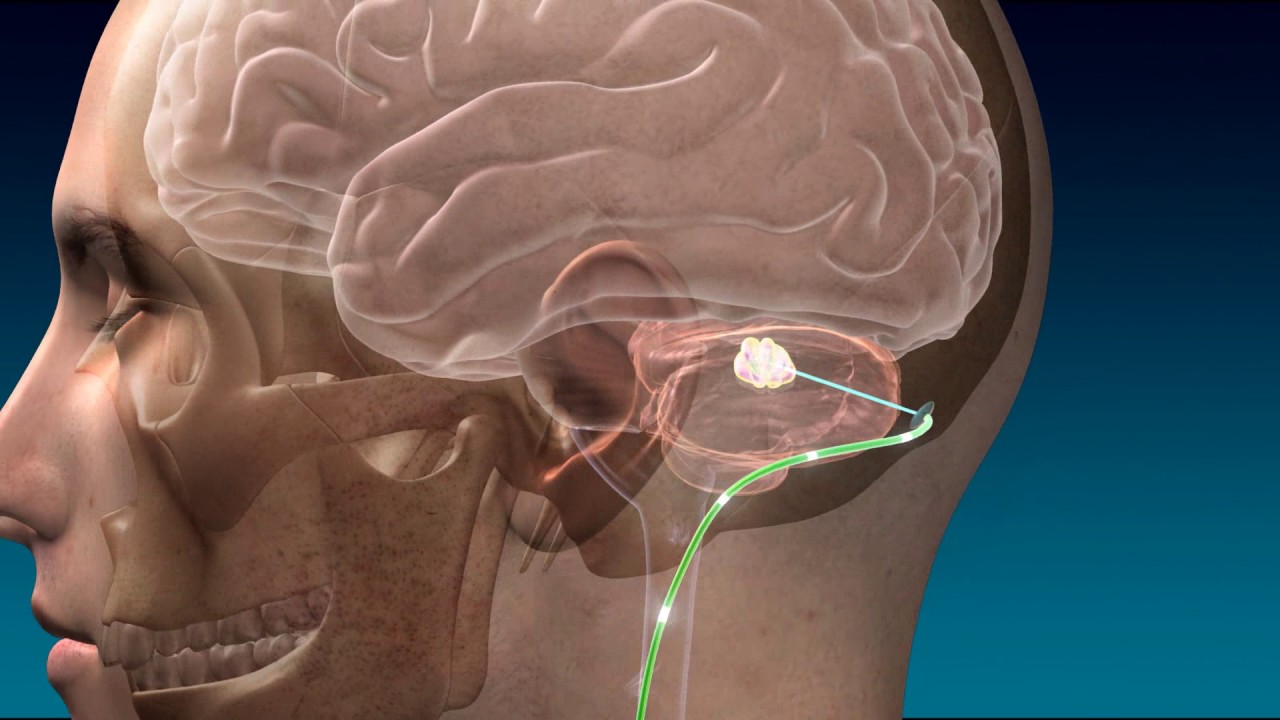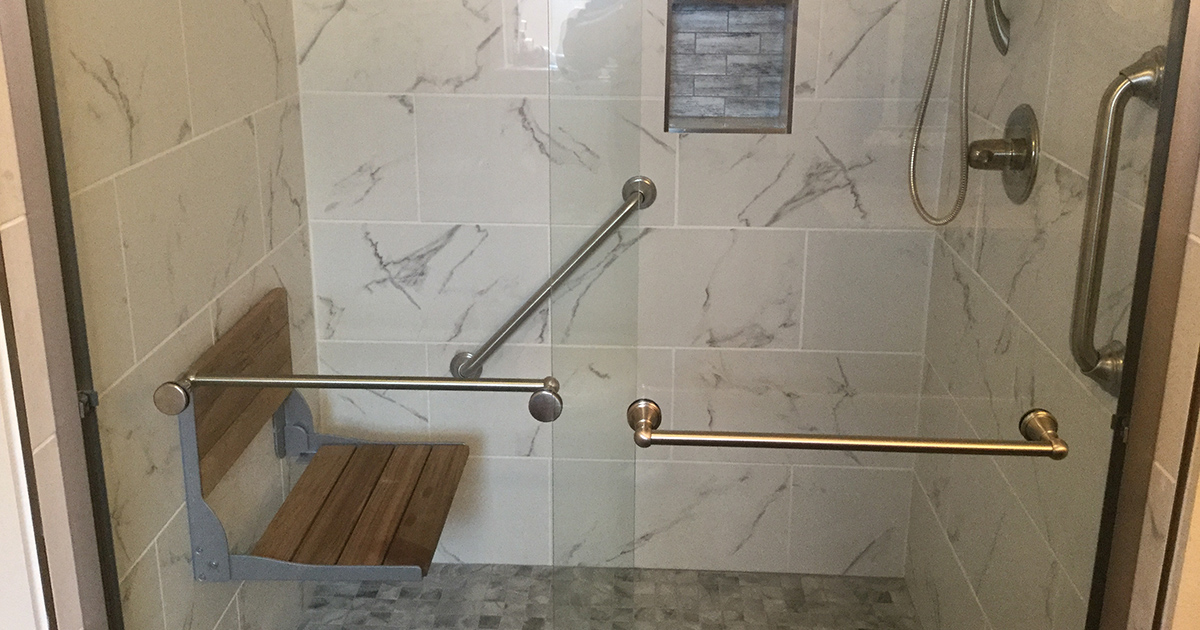How Is Chorea Treated?
Deep Brain Stimulation

Deep brain stimulation is a type of therapy that may help certain individuals with chorea that has not been responsive to other treatments. This therapy is most often utilized in individuals who have chorea due to Parkinson's disease. This type of deep brain stimulation is targeted at the globus pallidus, a structure in the brain that is part of the basal ganglia. This structure is involved with the control of voluntary movements, even though the basal ganglia regulates movements produced subconsciously. Deep brain stimulation has recently been utilized to help treat chorea in patients affected by choreoathetosis and chorea acanthocytosis. Deep brain stimulation has had reported side effects, mostly in individuals who undergo it to treat chorea with an underlying cause that does not include Parkinson's disease.
Get more information regarding chorea treatment options now.
Home Modifications For Safety

A patient who has chorea that is not expected to resolve in the near future may need to make home modifications for their safety. The best resource a progressive chorea patient can use is an occupational therapist in terms of home modifications. An occupational therapist can help a patient and their caregivers understand how and where to utilize assistive devices in the home, as well as how to make the home easier to navigate. Multiple handrails can be installed in bathrooms, bedrooms, and other locations to help the patient avoid falling frequently. Specially made and technologically advanced devices can be utilized to help the patient perform activities such as bathing themselves and dressing. Technologically advanced and adaptive utensils are available to help a patient with limited fine motor skills to eat and drink easier. With the use of adaptive devices and safety equipment, a patient affected by a progressive form of chorea can maintain more of their independence than they would be able to otherwise.
Continue reading to learn more about treating chorea now.
